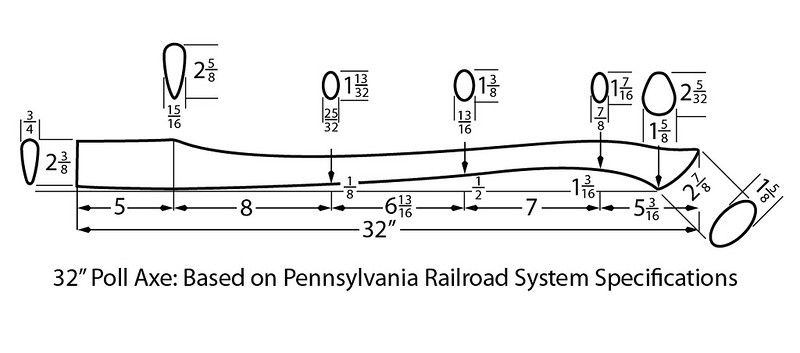- Joined
- Jan 29, 2014
- Messages
- 1,638
why did they stop running the good patterns, and start using all these terrible, terrible designs...
I am always wondering this. It's called a duplicating lathe right? And on youtube you can watch videos of the HH lathe in action ..... what happened to the old patterns?
On a related note I have seen some vintage handles that are spectacular, I think it's time for me to start collecting patterns. If anyone has any I'd like to turn them into pdfs or something that could be shared.





